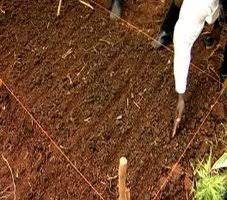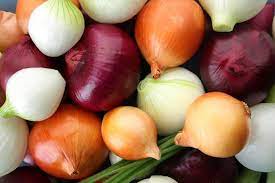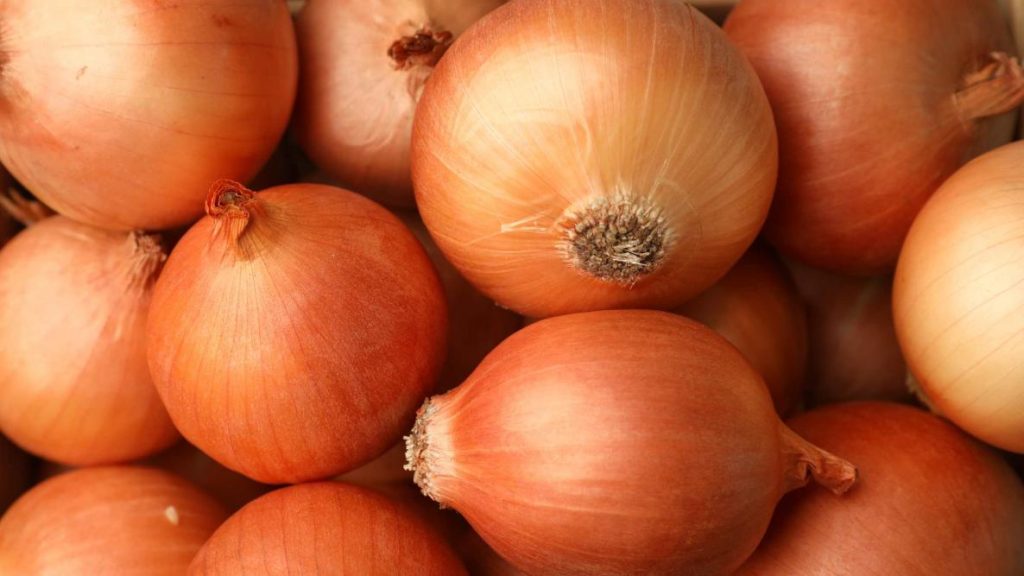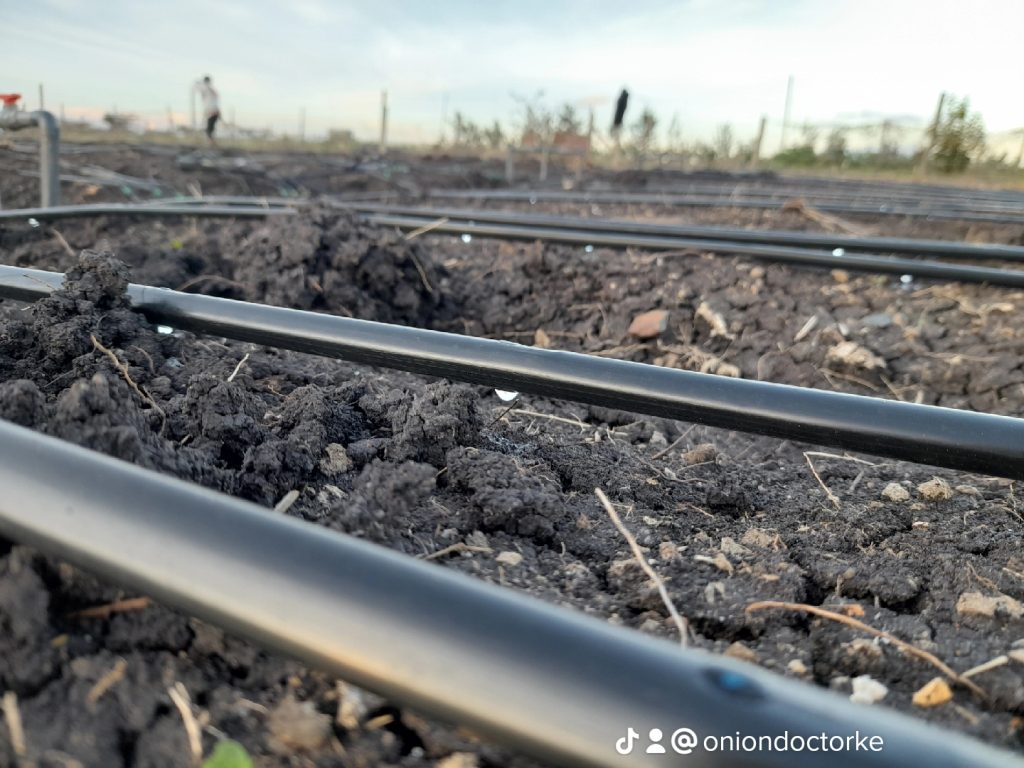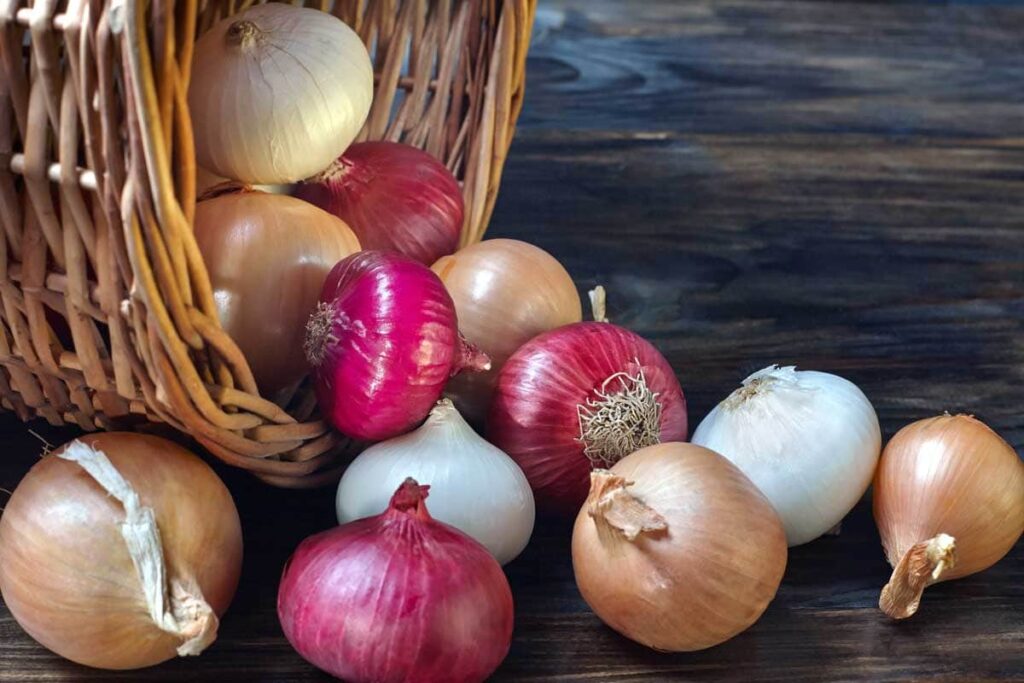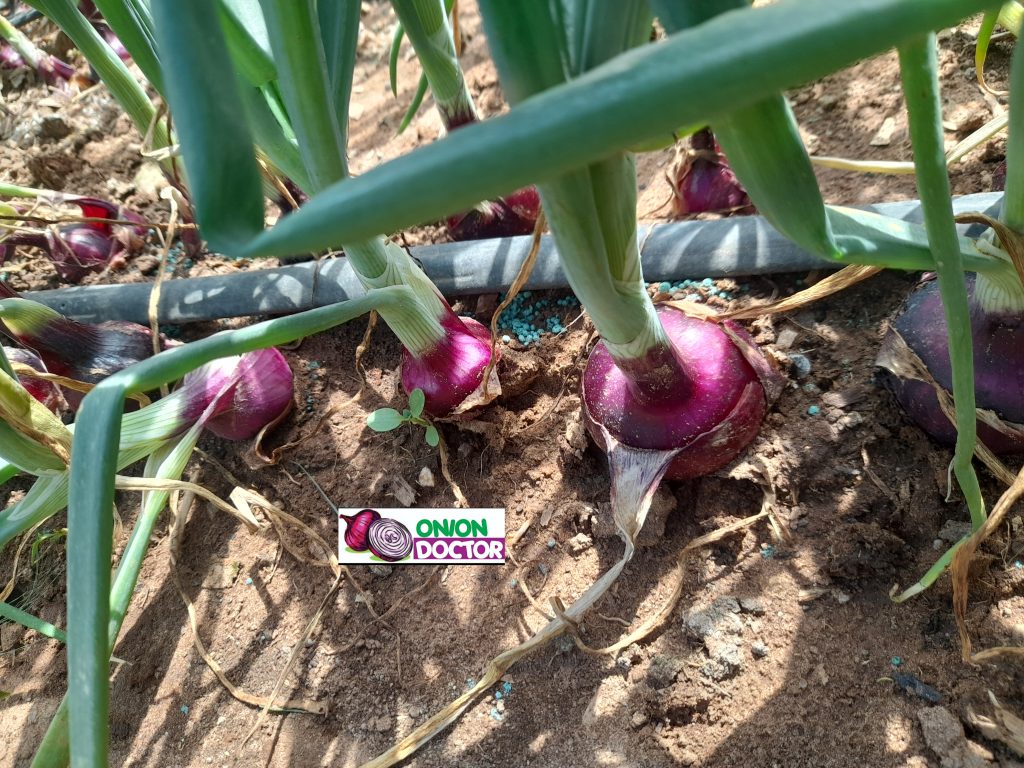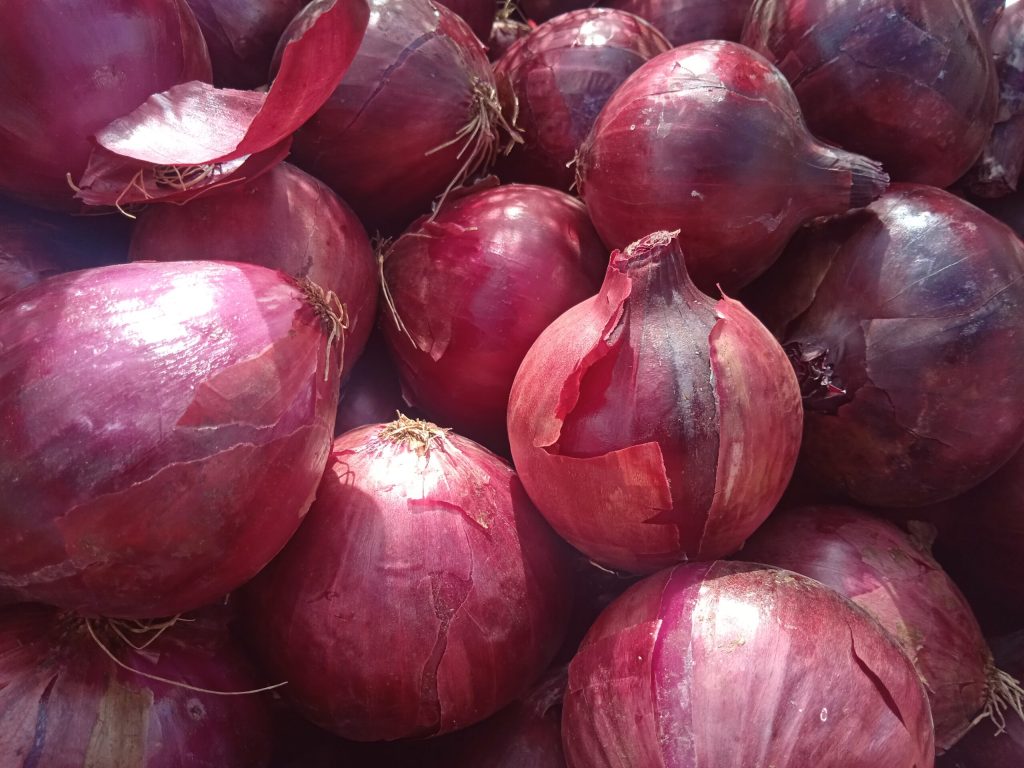Onion Farming in Kenya: A Comprehensive Guide by Onion Doctor
Are you in need of in-depth knowledge on onion and garlic production? If yes, we are a call away. Contact us for: Onion seedlings, Garlic seedlings, Germinated garlic cloves, Farm planning services, Soil testing, training on onion and garlic growing, Drip irrigation installation and maintenance, Agronomic support, Onion and Garlic value pack and Farm management. For free consultation, placing orders or booking a visit with an agronomist, please contact us via Call or what’s app +254703982228, Email: Info@oniondoctor.co.ke. You can also check out our social media handles for daily updates on TikTok: https://www.tiktok.com/@oniondoctorke?_t=ZM-8wmsTu0qumO&_r=1 Instagram: https://www.instagram.com/oniondoctorke?igsh=MTVoaHF3aWUydTJzaQ==Facebook:https://www.facebook.com/share/16SwgYn2dG/ Youtube:https://youtube.com/@oniondoctorke?si=u5Jnd-r0qU9UDYqL and Twitter: https://x.com/OnionDoctorKe?t=FR3JXlS_oN1vjjUgAtfyzg&s=09 Nursery Preparation with Onion Doctor’s Expertise: Proper Site Selection: Choose a well-drained site with ample sunlight, guided by Onion Doctor’s expertise. Opt for a location near a water source for convenient irrigation. Vegetation Clearance and Weed Control: Clear the nursery site of any existing vegetation, ensuring a weed-free environment. Onion Doctor advises on uprooting perennial weeds to prevent competition for nutrients. Bed Leveling and Measurement: Level the nursery bed for optimal seed germination and growth. Onion Doctor recommends a bed width of 1 meter, tailoring it to your nursery space. Organic Enrichment and Seed Sowing: Incorporate organic manure into the soil to enhance nutrient content. Follow Onion Doctor’s guidelines for proper seed sowing, ensuring uniform growth. Mulching and Shade Structure: Apply mulch for moisture conservation and regulate soil temperature. Erect a shade structure post-germination to protect seedlings, as advised by Onion Doctor. B) Transplanting with Onion Doctor’s Proven Techniques: Seedling Age and Watering: Transplant seedlings around 1 ½ months old, ensuring hydration before uprooting. Water thoroughly to prepare seedlings for transplantation stress. Optimal Transplanting Conditions: Choose early morning or late evening for transplanting under cool weather conditions. Follow Onion Doctor’s spacing recommendations for rows or holes. Phosphatic Fertilizer Application: Apply phosphatic fertilizer before transplanting to promote healthy root development. Onion Doctor emphasizes the importance of nutrient-rich soil for successful transplantation. Uprooting and Planting Techniques: Carefully uproot seedlings, retaining soil around the roots to minimize damage. Plant seedlings securely in prepared holes or rows, following Onion Doctor’s guidance. C) Field Operations: Maintaining Onion Crop Health with Onion Doctor: Weed Control and Bulb Expansion: Implement shallow cultivation for weed control, minimizing damage to onion roots. Onion Doctor recommends “bulb lifting” to facilitate bulb expansion. Irrigation and Fertilization Practices: Ensure consistent moisture through regular irrigation. Apply nitrogenous fertilizer as a top dressing, following Onion Doctor’s recommended dosage. Pest and Disease Management: Monitor for pests like thrips and diseases such as rust and mildew. Use pesticides and appropriate control methods as advised by Onion Doctor. D) Harvesting: Onion Doctor’s Guide to Successful Harvests: Harvest Timing and Withering: Harvest onions when leaves wither and turn brown, indicating maturity. Onion Doctor suggests expediting withering by gently bending tops for efficient drying.Harvesting Methods and Post-Harvest Handling: Choose suitable harvesting methods, considering hand-lifting or using a garden fork. Onion Doctor emphasizes proper post-harvest handling to prevent sunburn and ensure drying. Onion Doctor’s Support for Smallholder Farmers: Onion Doctor continues to support smallholder farmers with quality seedlings, soil testing, and more. Leverage Onion Doctor’s expertise for maximum yields and profits.

